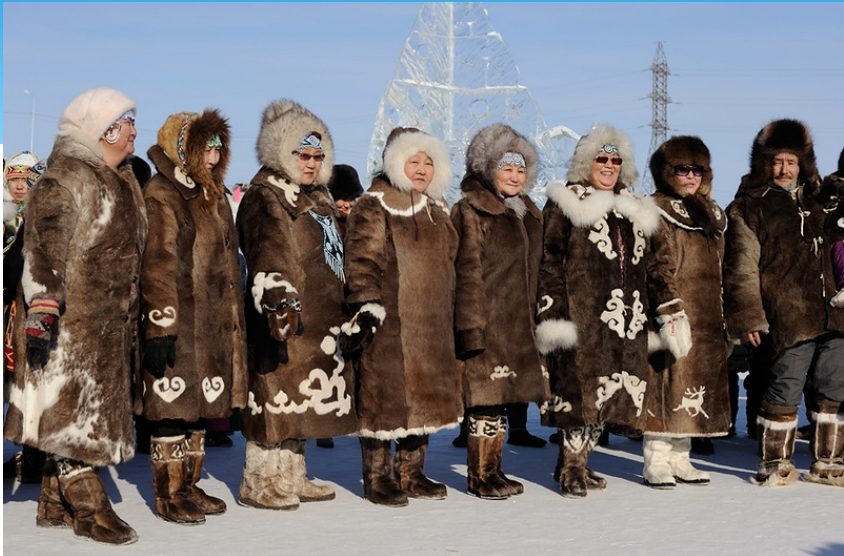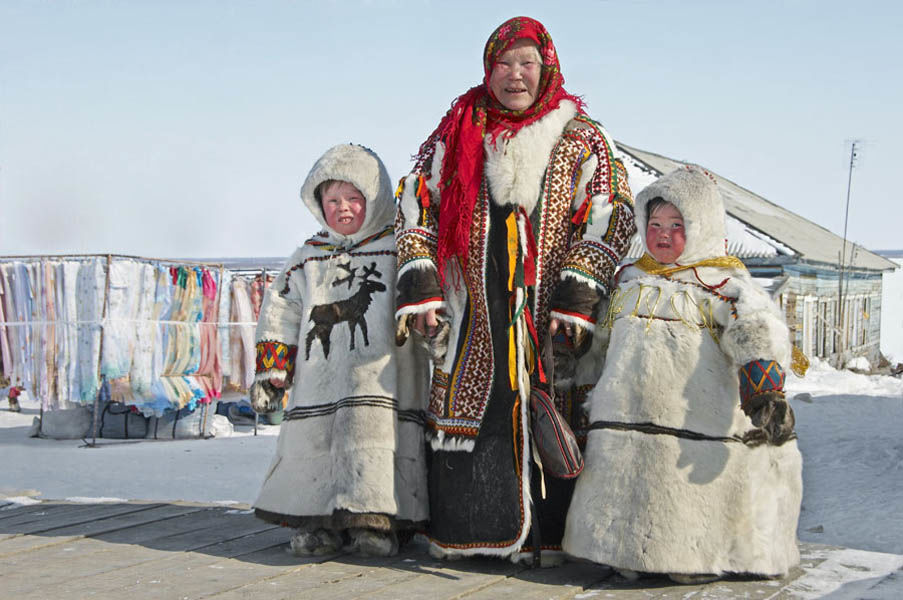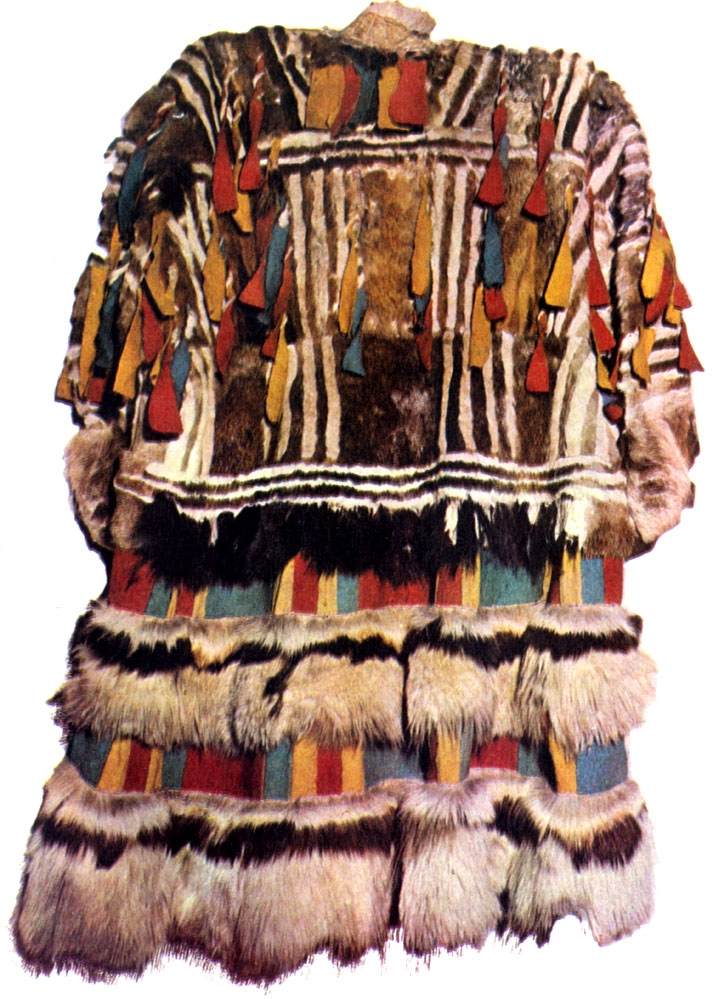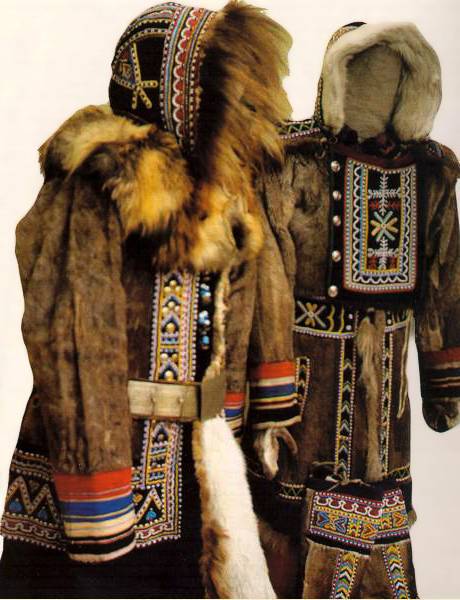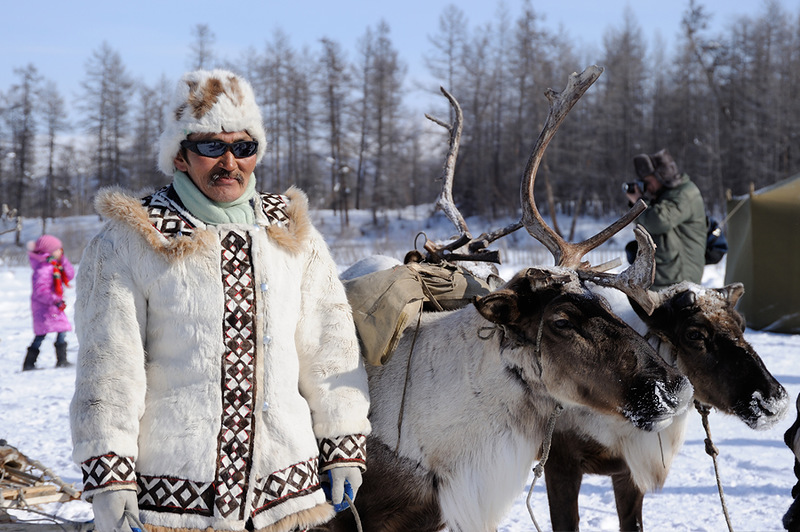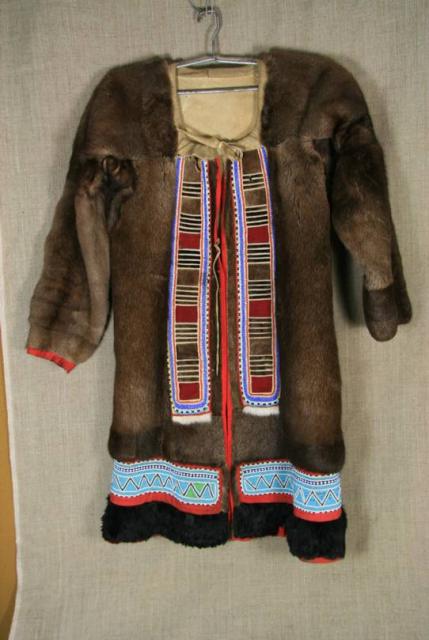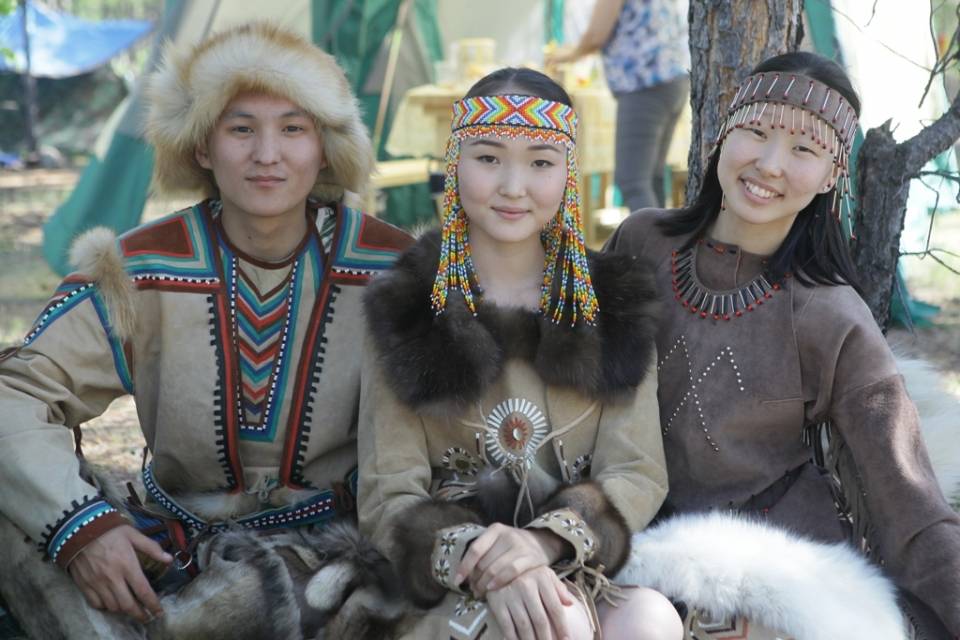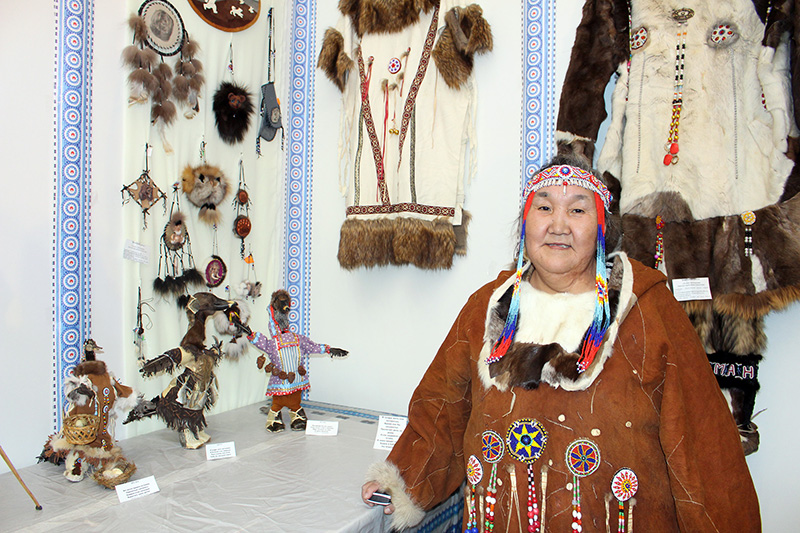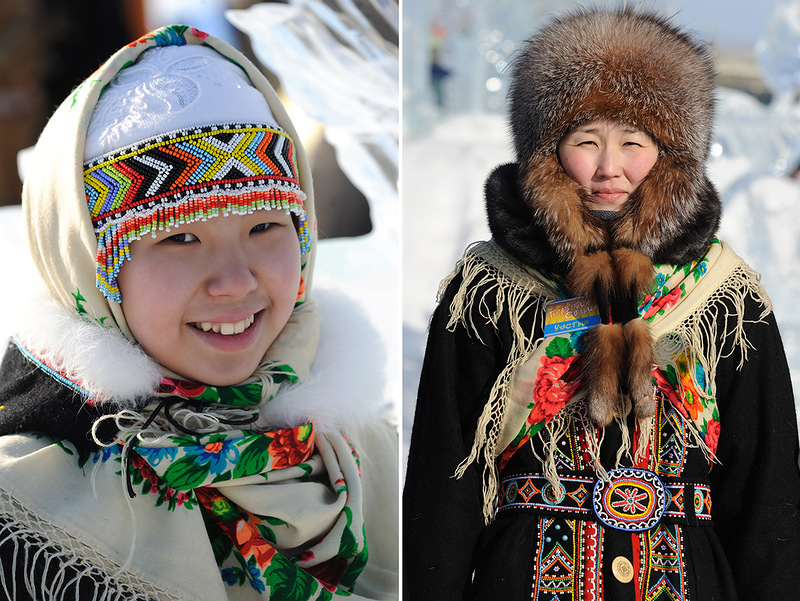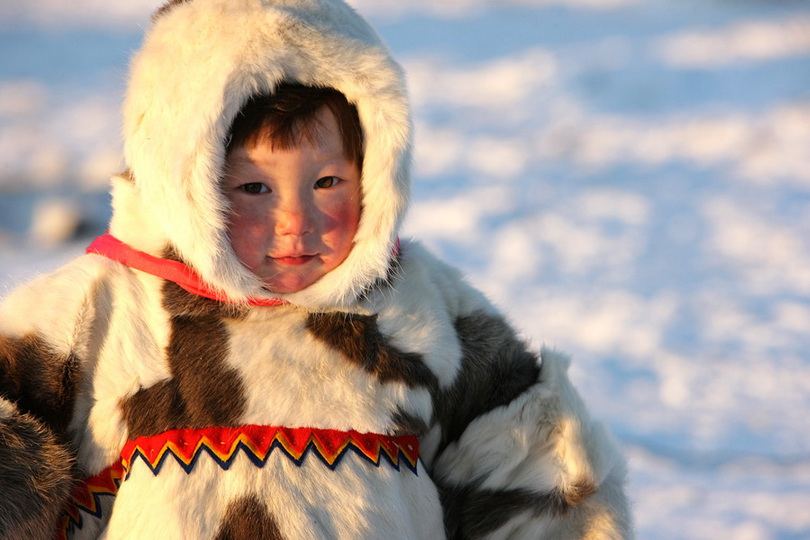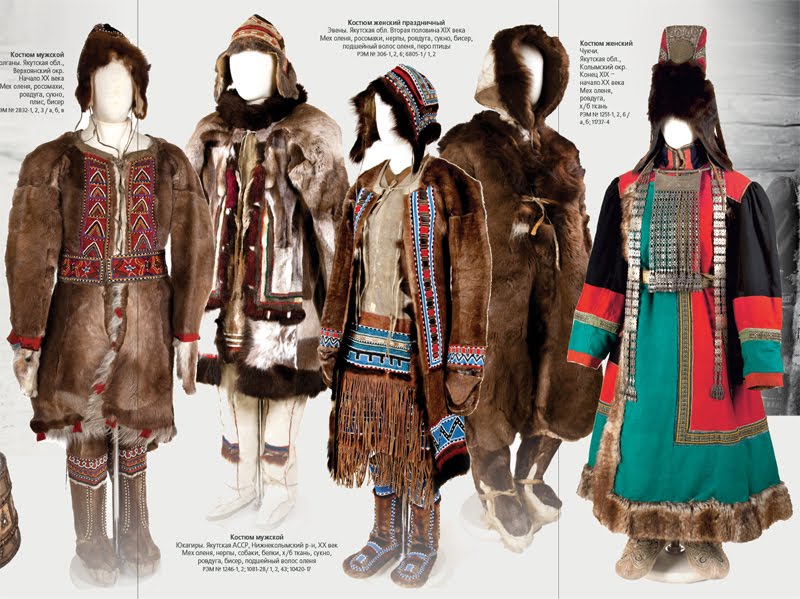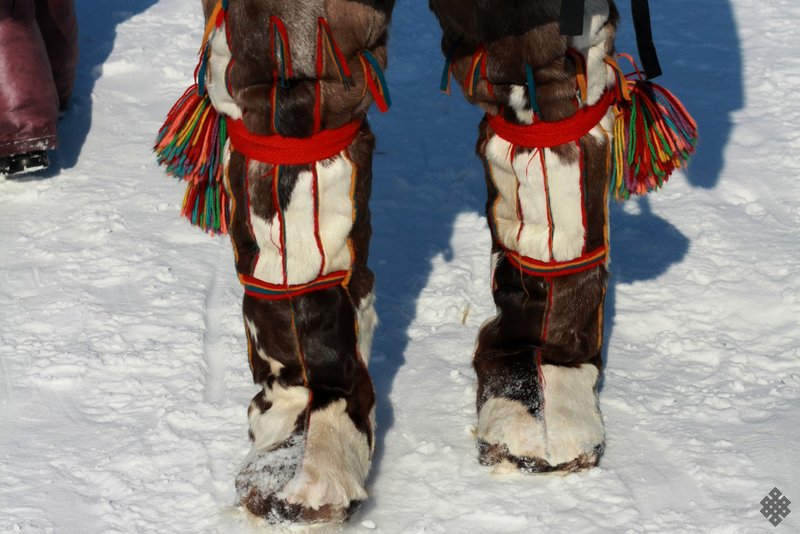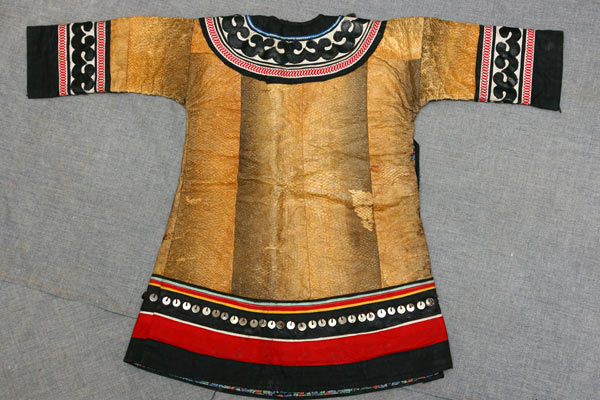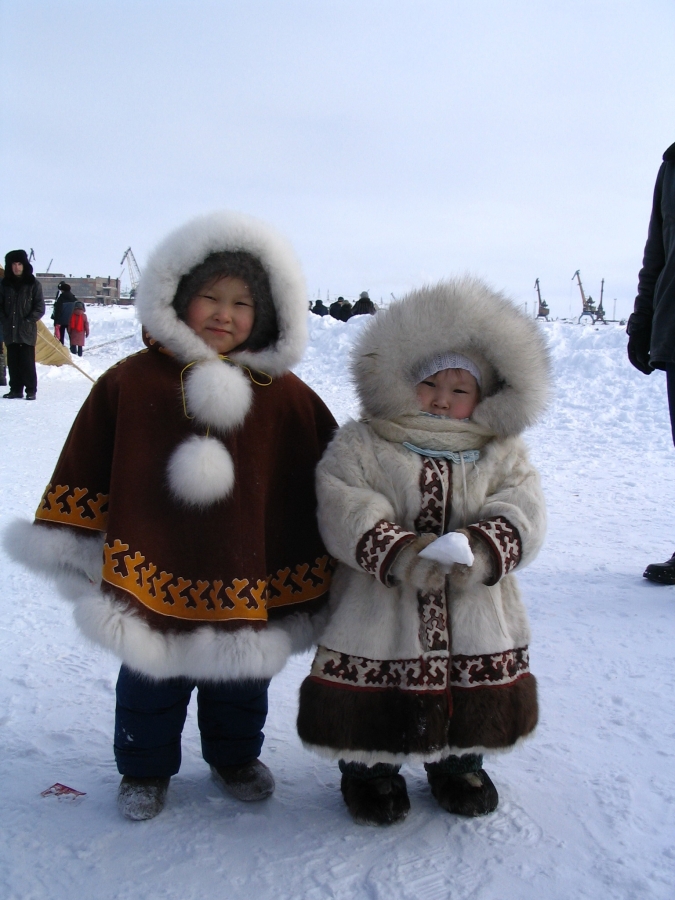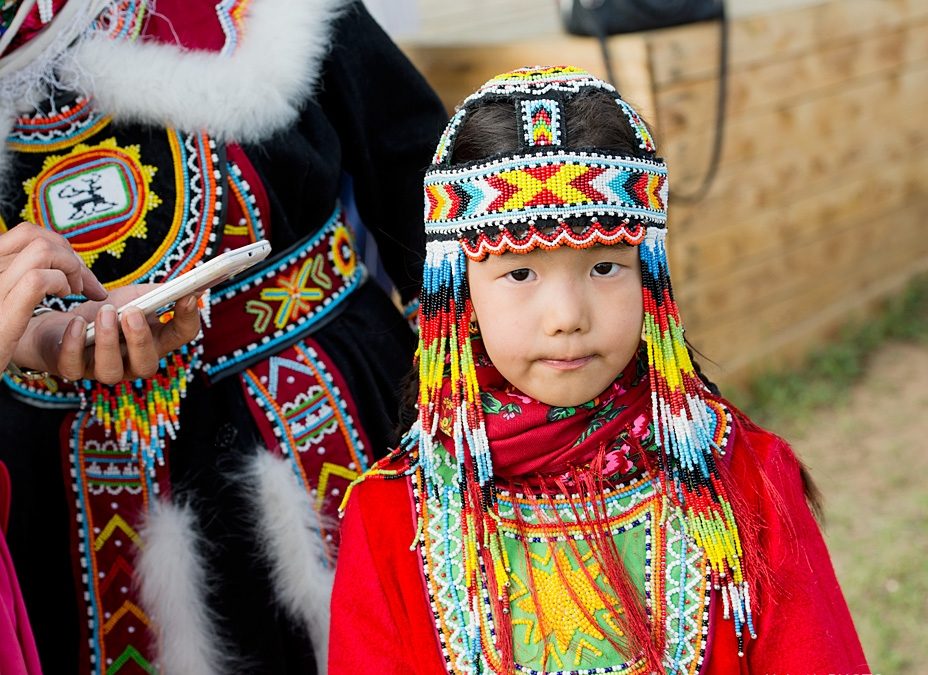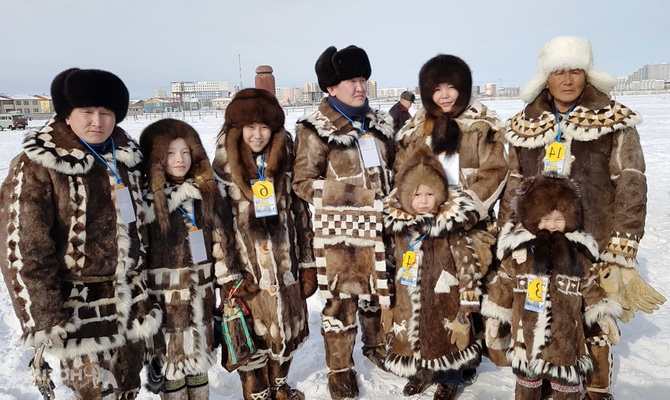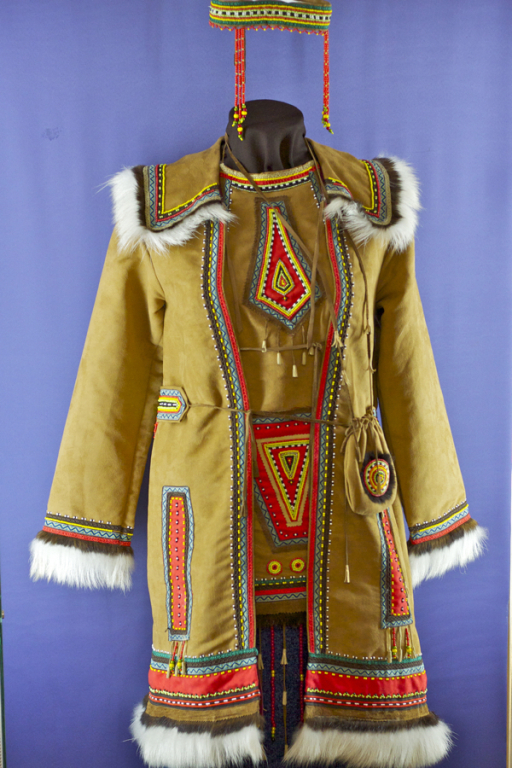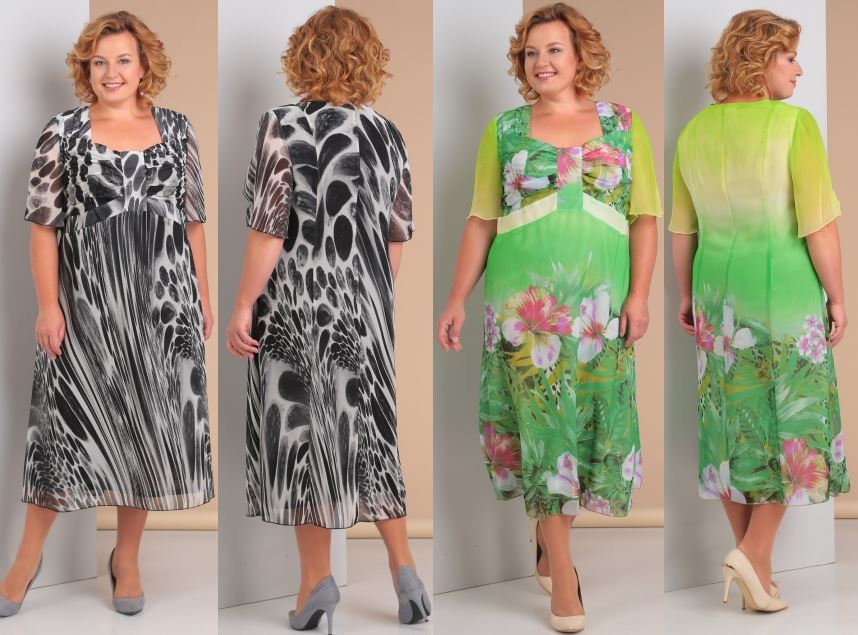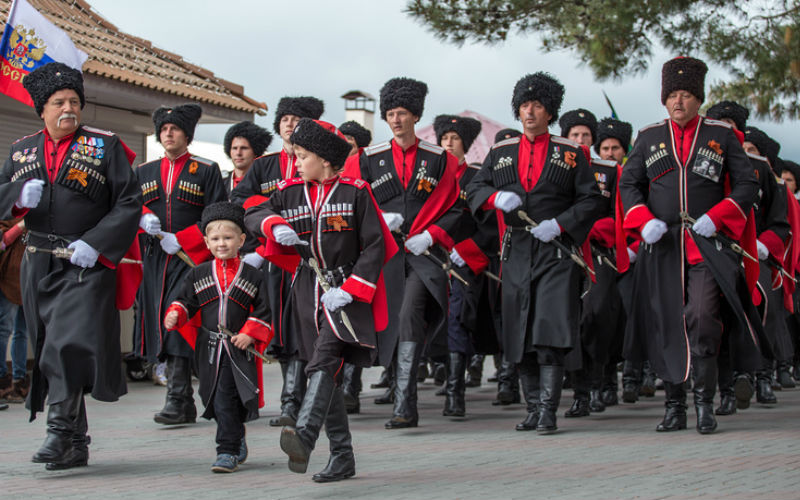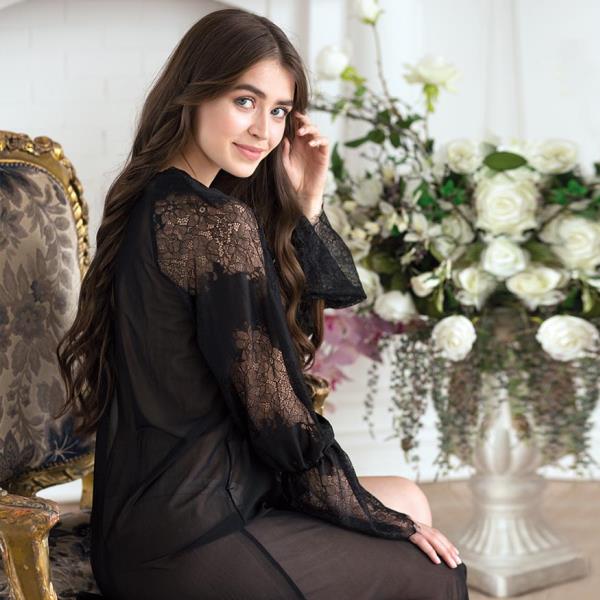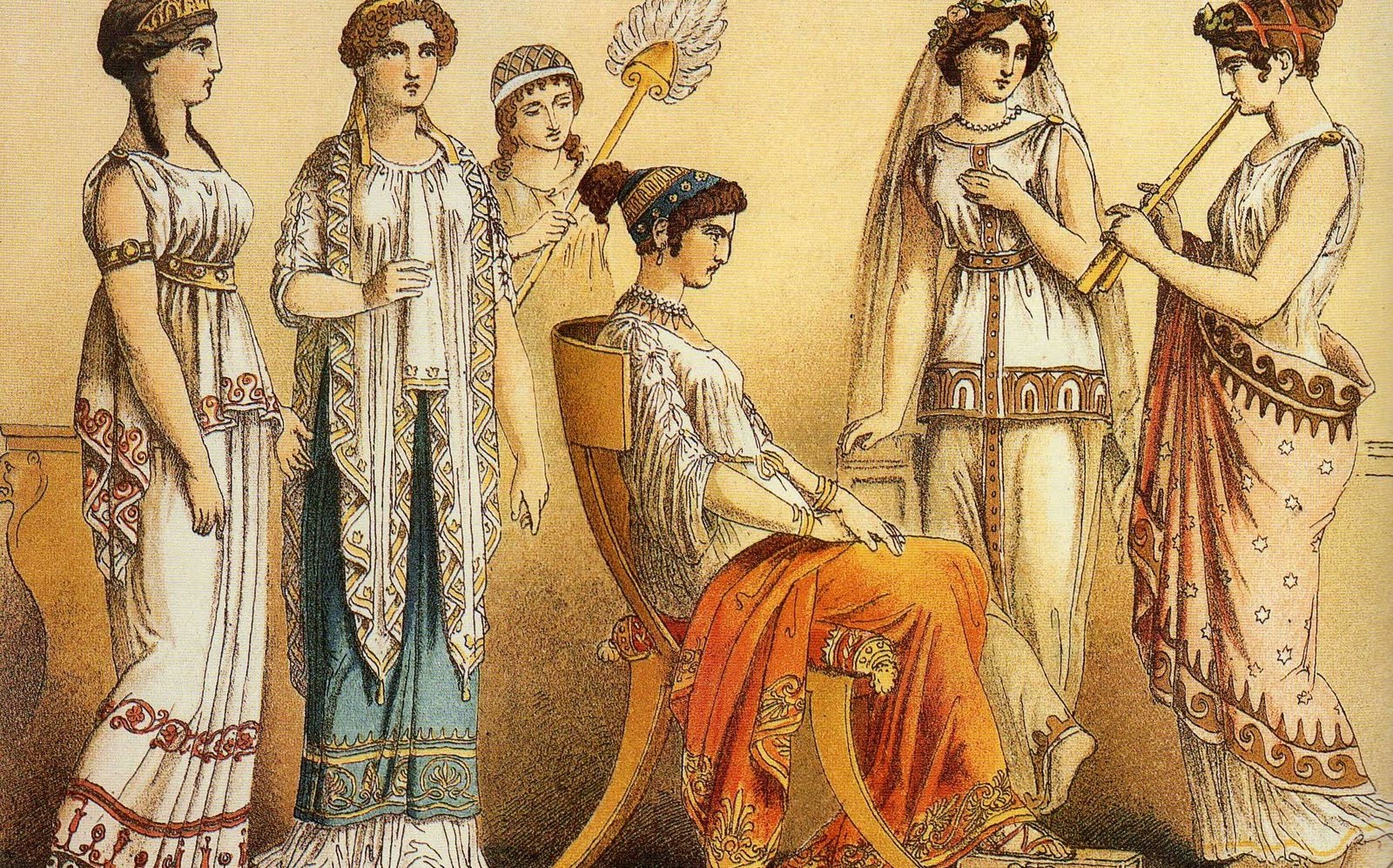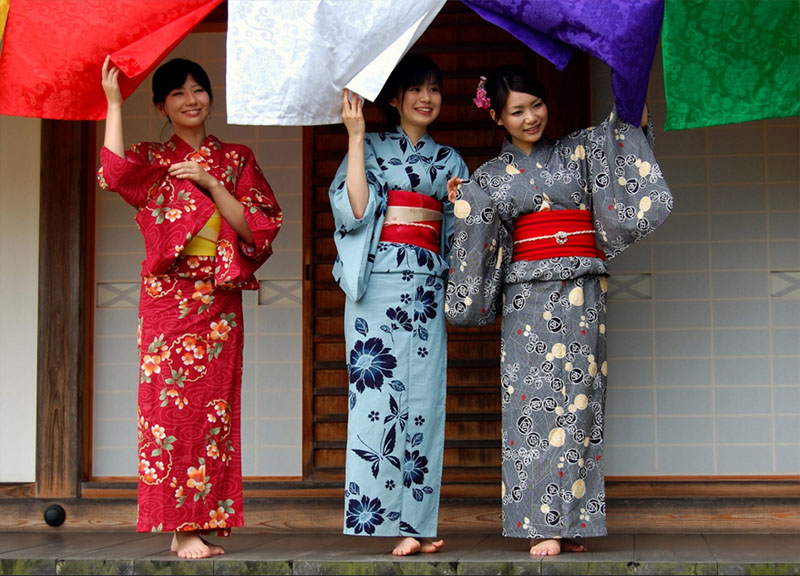The northern lands are harsh to their inhabitants. The territory where the people live determines their main activity: cattle breeding, hunting, fishing. All of them require mobility, and the clothes of the peoples of the North must provide it. Residents cannot simply wait out the cold, but must manage the household, get food. How do they achieve comfort and provide warmth?
Main Features
The distinctive features of the clothing of the peoples of the North are determined by the functions that it must perform:
- Protect from aggressive climatic conditions;
- Protect from mechanical damage. Life in the north is often associated with dangers. Thick and dense northern clothing protects a person from everyday accidents, predator claws, abrasions from falling;
- Provide freedom of movement. A person should be able to move easily and quickly, as well as perform minor manipulations;
- Keep your body clean. In a harsh climate, drying clothes and taking water treatments is not always convenient. This is especially true for nomadic northern peoples;
- Provide information about its owner. From the suit you can understand what nationality a person belongs to, what role he plays in society, whether he is respected by his fellow tribesmen, whether he is married or single, what wealth he has. Having assessed the appearance, you can determine the manner of communication with a stranger;
- Satisfy aesthetic needs. National clothing is the face of its people. The spirit and traditions of ancestors are put into its artistic decoration. Labor-intensive elegant patterns express respect for the history of the native land.
The harsh climate dictates the clothing features of the Northern peoples. People in the harshest conditions do not forget about their appearance. It is enough to recall the appearance of the brutal Caucasian highlanders. The national clothing of the peoples of the North Caucasus is an example of how high functionality is combined with the beauty of the decoration. The clothing of the peoples of the North Caucasus and some other northern territories has the following features:
- It protects all parts of the body from wind and cold. It often has a hood, and long sleeves are typical. The outerwear is usually spacious and has a loose cut;
- Multilayered. The suit involves several layers of clothing. Each of them has a different texture. Layers of air help retain heat;
- For the production of outerwear, materials with a dense, wear-resistant structure are used;
- The pieces are cut from various types of leather and fur. There are combinations of fish skin with animal skins;
- Natural materials provide good thermoregulation. This prevents excessive sweating;
- Another feature is the abundance of small details. Northerners' clothes are decorated with animal paws and tails, bright patches, fur pompoms, and metal pendants. The passion for such decor reflects religious views. Northern Udmurts use many coins in their attire. Due to them, every movement is accompanied by a silver ringing. It is believed that it scares away evil spirits;
- Exquisite artistic decoration of the outfit. Analysis of photographs of the peoples of the North allows us to identify 2 main ways of decorating clothes:
- beadwork;
- fur mosaic (combination of details from different types of fur).
Both types of decoration require effort. Girls learn this difficult craft from the age of 6. Before the wedding, you need to prepare a festive outfit for yourself, your future husband, and gifts for new relatives.
The production of clothing for the peoples of the Far North requires significant expenditure of resources. It takes a lot of time, raw materials and labor. Dressing skins requires considerable physical effort. A furrier (a master of dressing leather and fur) has always enjoyed respect in society. The work of craftswomen, who pass on the meaning of various patterns and the technique of their application from generation to generation, was also highly valued.
The clothing of the Northern peoples must be warm and provide freedom of movement. This is a vital necessity!
Types
Thanks to the integration of various tribes and peoples, the bright distinctive features are gradually erased. Silhouettes and styles are mixed, decorative elements are combined. The following main types of northern clothing can be distinguished.
A kukhlyanka is a fur jacket without a fastener, reminiscent of a sports hoodie in silhouette.It consists of 2 layers. The air layer between them allows for more efficient heat retention. The part adjacent to the body is worn with the fur facing out. The outer jacket is worn with the fur facing in. This makes the clothing very resistant to dirt. In warm weather, only 1 layer is worn.
Middle-aged and younger people wear kukhlyankas above the knee. The short length allows for active movement. Old people, in order to protect themselves from the cold, sew elongated kukhlyankas to the middle of the calf. The jacket has a wide collar. It serves to remove heat. A sinew is threaded through the neck, with the help of which the collar can be tightened in strong winds. The sleeves are spacious, due to which the arms can be freely bent at the elbows. The jacket fits tightly on the wrists. A person can perform household manipulations. The kukhlyanka can have a hood or tightly sewn mittens. It is worn both with and without a belt.
The two-layer kukhlyanka is so warm that it is used as a sleeping bag. The collar is pulled tight, the remaining opening is covered with a hat. The arms are pulled out of the sleeves, the spacious cut allows them to be pressed to the body. If a northerner had to stop to wait out bad weather, it saves his life.
Sokuy is a closed travel jacket, the silhouette of which resembles a kukhlyanka.It is not customary to belt it. It is worn with the fur outside. There is a hood, which is often decorated with a deer tail. During particularly severe frosts, the sokuy is used as an additional layer on top of other fur clothing.
Malitsa is a deaf sheepskin coat made from reindeer skin.The hem is decorated with a trim of several strips of reindeer or dog fur. The cut is loose, like that of the kukhlyanka. A distinctive feature is the elongated back. The sleeves are tapered towards the bottom. Mittens are sewn to them. The malitsa has a fur hood. The fur is turned outward. In a snowstorm, it protects the face from snow. The jacket reaches the knees or ends slightly higher. When preparing for a long journey, it is belted. This way, you can keep a small supply of food and necessary things in your bosom.
Parka - this jacket is the ancestor of a popular item of modern wardrobe. It is worn over a malitsa. It is sewn from soft reindeer fur. A wide piece of fur is sewn to the hem, which may differ from the main "fabric". The border between the stripes is decorated with a checkerboard mosaic, which encircles the hem. The sleeves also have an ornament of pieces of multi-colored fur. A unique feature is the hood, sewn from a small whole skin. It could be decorated with ears or tassels. The outer jacket is never belted.
Panitsa is women's clothing among many northern peoples. It is a long, open fur coat with a fluffy collar of arctic fox, squirrel or hare fur hanging down onto the shoulders. The most prized is the trim with an arctic fox tail. The coat is sewn from 2 layers so that the fur faces both inward and outward. To make a coat for a woman of average height (165 cm), 5 small reindeer skins are needed. 2 for each layer and one more for the hood. When cutting, the skins are placed vertically. Women's clothing is richly decorated. The hem and sleeves are decorated with a fur pattern made from small pieces of contrasting colors. The product is embroidered with thin patches of bright cloth, the ends of which are left unfastened.
The feet of the inhabitants of the North were protected from the cold by special fur stockings - torbasa. Women's shoes were made to the knee. Men's were shorter, so as not to restrict the step. On the head they wore fur hats of various shapes.
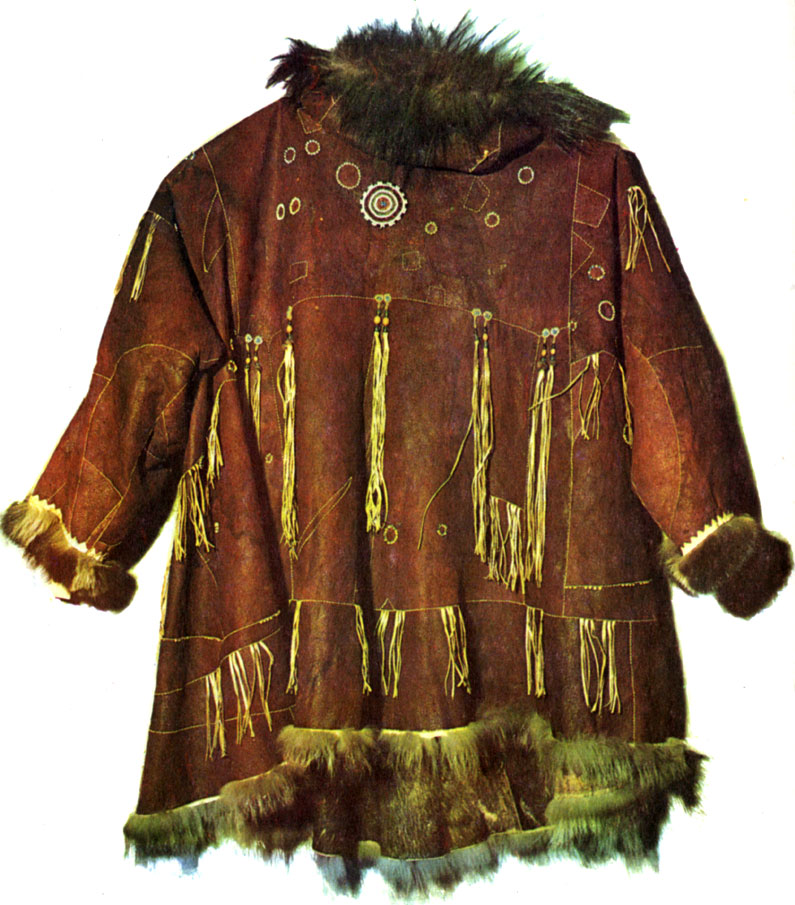
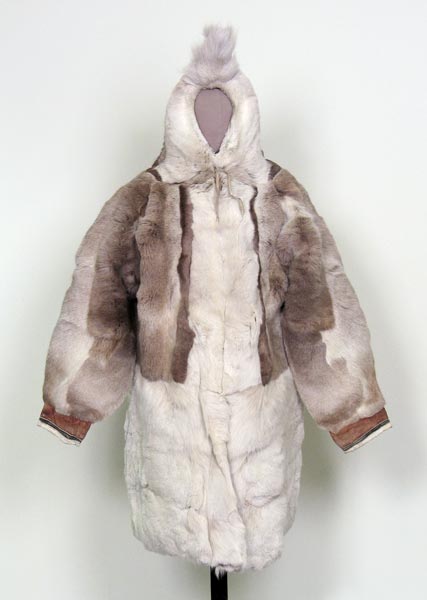
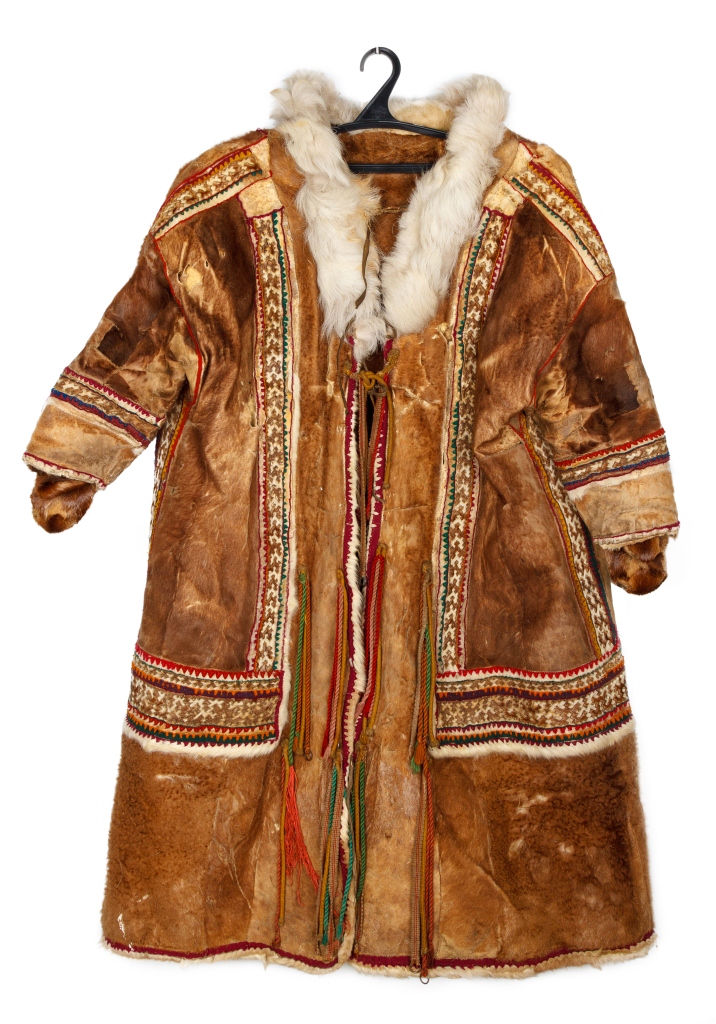
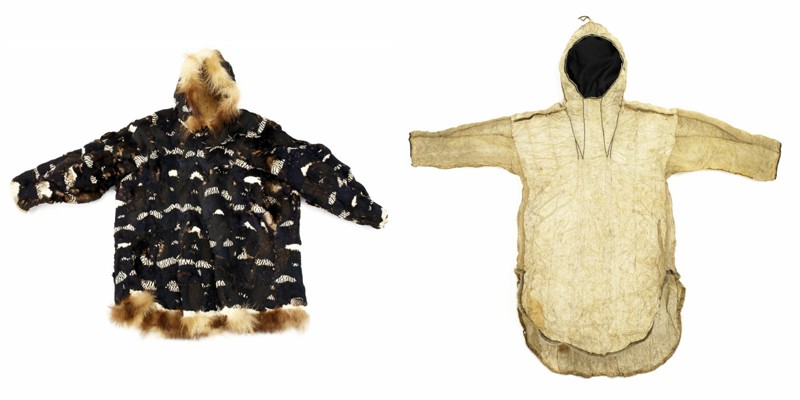

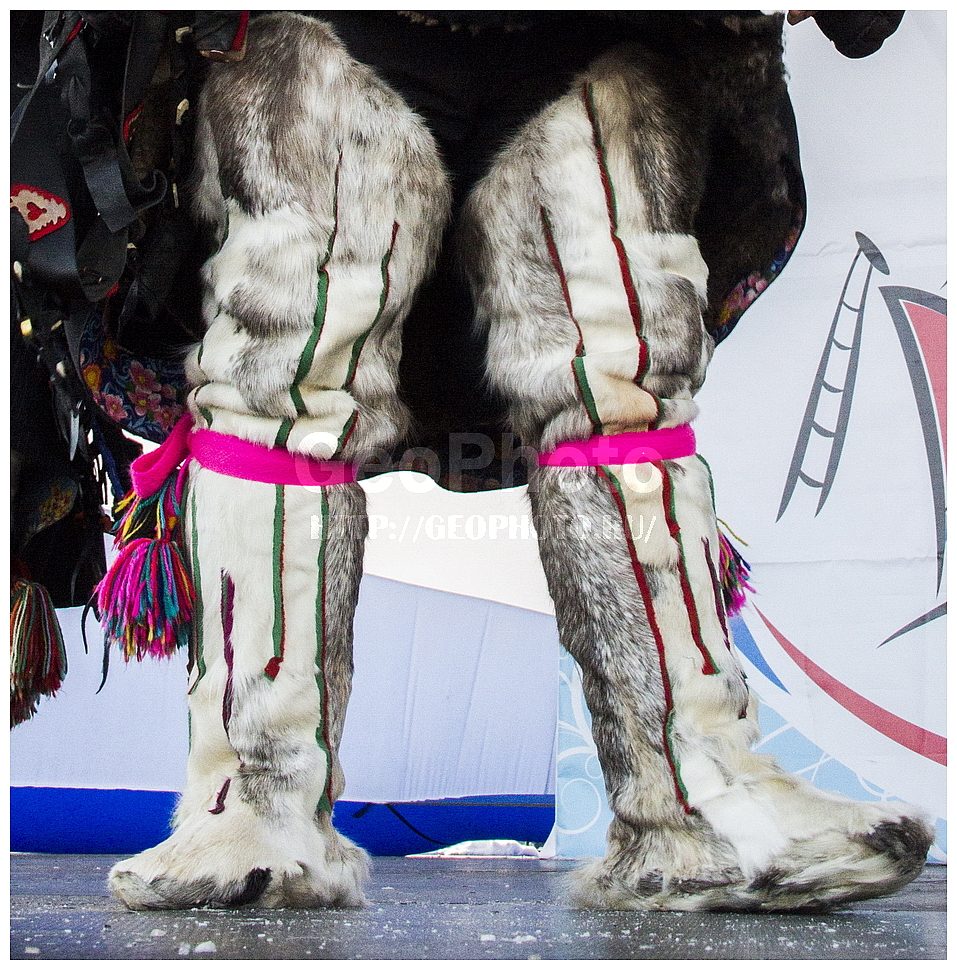
What materials are traditional?
The choice of material depended on the predominant type of activity. Hunters used skins and fur, fishermen used fish skin. But over time, the ties between tribes grew stronger. The development of communications allowed representatives of various peoples of the North to interact more often. Today, the choice of material is no longer dictated by the way of life. Tribes that practice fishing have no problem exchanging the products of their trade for fur if they consider it more practical to wear.
In harsh climates, resource extraction takes a lot of effort. Therefore, an important feature of the economy is its utility: everything from horns to hooves, from fat to bones is used. Dried animal tendons are used to fasten clothing parts. Buttons are made from polished bones or large fangs. Skins are most often used to make clothing:
- deer;
- moose;
- dogs;
- birds;
- cows;
- horses;
- large fish;
- seal
To provide additional warmth, the leather product is insulated with fur. Fur is used:
- protein;
- fox;
- hares;
- beavers;
- lynxes and larger animals.
Peoples who practice reindeer herding and their neighbors prefer reindeer fur to all other materials. Rovduga, or reindeer suede, is widely popular. It retains heat well and is very durable. Dirt and plant debris do not stick to it. It is lighter than many types of fur, but is just as practical. Peoples who lead a sedentary economy master the art of making woven materials. Thus, Udmurt girls have long been considered skilled masters of the weaving craft.
The clothes are richly decorated. They are traditionally embroidered with beads and decorated with embroidery. This indicates long-standing trade relations with China and central Russia. The clothes of the peoples of the North Caucasus look especially rich - the traditional costume is embroidered with gold thread, expensive fabrics are used.
Modern look
Today, synthetic padding and holofiber have become an integral part of the lives of the peoples of the North. Trousers and jackets made of high-tech synthetic materials are gradually replacing northern fur clothing. The knowledge of how to create a traditional costume is gradually being erased from memory. Women are especially quick to abandon wearing national clothing. Men often remain faithful to traditions and continue to wear old costumes. This primarily concerns those who continue to engage in traditional crafts. People have learned to make breathable but waterproof fabrics. But in the conditions of the Far North, sometimes the wisdom of ancestors is a better ally than high technology.
Conscious residents of the North make efforts to ensure that national costumes do not become exclusively museum exhibits. Exhibitions are regularly held, where elements of clothing and household items are presented. At fairs, you can buy an ethnic outfit or one of its parts. Photographers try to convey the beauty of national clothing and the peculiarities of life in harsh lands. Vocal groups performing in ethnic clothing tour the country. All this helps to instill respect for traditions in the younger generation.
Video

